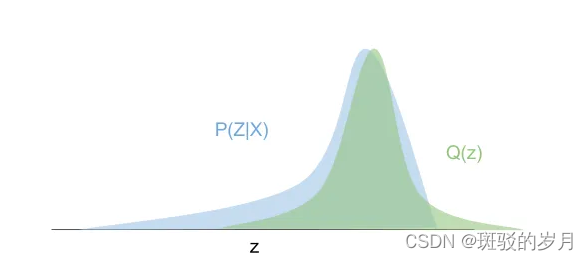目录
(一)Iterable
1. 介绍
2. 常见方法
(二)Collection
1. 介绍
2. 常见方法
(三) List
1. 介绍
2. 常见方法
总结

(一) Iterable
1. 介绍
Iterable接口是Java中的一个接口,它是集合框架中的根接口之一。Iterable接口表示实现了迭代功能,即可以通过迭代器遍历其中元素的类。它定义了一个抽象方法iterator(),该方法返回一个实现了Iterator接口的迭代器对象,通过这个迭代器对象可以依次访问集合中的元素。
总的来说,Iterable接口为集合类提供了统一的遍历方式,使得集合类可以通过for-each循环来遍历其中的元素,提供了更加便利和统一的遍历方式。
使用迭代器遍历集合,例如:
2. 常见方法
- boolean hasNext():如果迭代器有更多元素,则返回true。
- E next():返回迭代器中的下一个元素。
下面是一个简单的示例,演示了如何使用迭代器遍历集合:
import java.util.ArrayList;
import java.util.Iterator;
import java.util.List;
public class Main {
public static void main(String[] args) {
List<String> list = new ArrayList<>();
list.add("apple");
list.add("banana");
list.add("cherry");
// 使用迭代器遍历
Iterator<String> iterator = list.iterator();
while (iterator.hasNext()) {
String element = iterator.next();
System.out.println(element);
}
}
}
(二) Collection
1. 介绍
在Java中,Collection是一个接口,它代表一组对象,这些对象通常被称为集合。Collection接口提供了一组操作集合的方法,包括添加、删除、遍历、查找等操作。它是Java集合框架的基础,定义了所有集合类共同的行为。Collection接口有很多实现类,比如List、Set和Queue等
2. 常见方法
- int size():返回集合中的元素数量。
- boolean isEmpty():如果集合为空,则返回true。
- boolean contains(Object o):如果集合包含指定的元素,则返回true。
- boolean add(E e):将指定的元素添加到集合中。
- boolean remove(Object o):从集合中移除指定的元素(如果存在)。
- Iterator<E> iterator():返回在集合上进行迭代的迭代器。
下面是一个简单的示例,演示了如何使用Collection接口:
import java.util.ArrayList;
import java.util.Collection;
import java.util.Iterator;
class Main {
public static void main(String[] args) {
// 创建一个ArrayList对象,它是Collection接口的实现类
Collection<String> collection = new ArrayList<>();
// 添加元素
collection.add("apple");
collection.add("banana");
collection.add("cherry");
// 遍历集合 -- 使用for-each循环遍历集合
for (String element : collection) {
System.out.println(element);
}
// 获取集合中元素的个数
int size = collection.size();
System.out.println("Size: " + size);
// 判断集合是否为空
boolean isEmpty = collection.isEmpty();
System.out.println("Is empty: " + isEmpty);
// 判断集合中是否包含指定元素
boolean contains = collection.contains("banana");
System.out.println("Contains 'banana': " + contains);
// 从集合中移除元素
collection.remove("banana");
// 再次遍历集合 -- 使用迭代器遍历集合
Iterator<String> iterator = collection.iterator();
while (iterator.hasNext()){
String element = iterator.next();
System.out.println(element);
}
}
}

(三) List
1. 介绍
在Java中,List是一个接口,规范了ArrayList 和 LinkedList中要实现的方法。它继承自Collection接口,代表一个有序、可重复的集合。
ArrayList:实现了List接口,底层为动态类型顺序表
LinkedList:实现了List接口,底层为双向链表
2. 常见方法
- boolean add(E e):将指定的元素添加到列表的末尾。
- void add(int index, E element):将指定的元素插入到列表中的指定位置。
- E get(int index):返回列表中指定位置的元素。
- E remove(int index):移除列表中指定位置的元素。
- int size():返回列表中的元素数量。
- boolean isEmpty():如果列表为空,则返回true。
- boolean contains(Object o):如果列表包含指定的元素,则返回true。
- Iterator<E> iterator():返回在列表上进行迭代的迭代器。
下面是一个简单的示例,演示了如何使用List接口:
import java.util.ArrayList;
import java.util.List;
import java.util.Iterator;
public class Main {
public static void main(String[] args) {
// 创建一个ArrayList对象,它是List接口的实现类
List<String> list = new ArrayList<>();
// 将指定的元素添加到列表的末尾
list.add("apple");
list.add("banana");
list.add("cherry");
// 将指定的元素插入到列表中的指定位置
list.add(1, "orange");
// 返回列表中指定位置的元素
String secondElement = list.get(1);
System.out.println("Second element: " + secondElement);
// 移除列表中指定位置的元素
list.remove(2);
// 返回列表中的元素数量
int size = list.size();
System.out.println("Size: " + size);
// 如果列表为空,则返回true
boolean isEmpty = list.isEmpty();
System.out.println("Is empty: " + isEmpty);
// 如果列表包含指定的元素,则返回true
boolean contains = list.contains("banana");
System.out.println("Contains 'banana': " + contains);
// 返回在列表上进行迭代的迭代器
Iterator<String> iterator = list.iterator();
while (iterator.hasNext()) {
String element = iterator.next();
System.out.println(element);
}
}
}
总结
综上所述,Iterable接口用于表示可以迭代的集合,Collection接口是一组对象的集合,List接口是有序的集合,可以根据索引访问其中的元素。
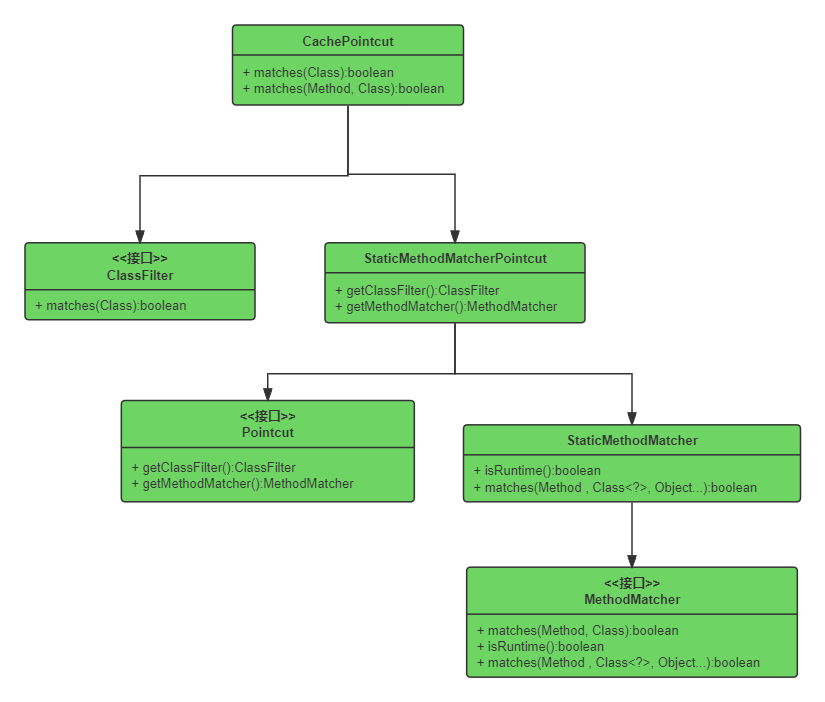
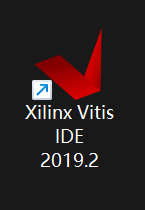
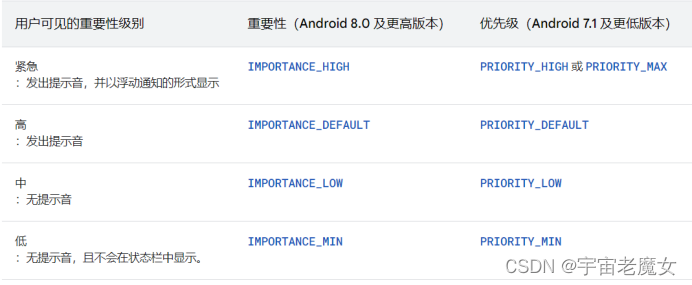

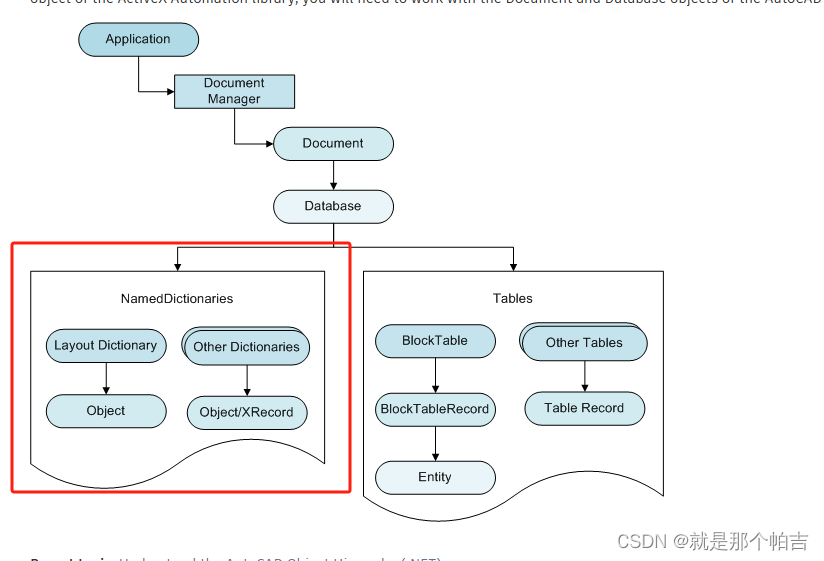
![P1328 [NOIP2014 提高组] 生活大爆炸版石头剪刀布————C++](https://img-blog.csdnimg.cn/direct/a9c5d0d83d73425b87372f1372d52077.png)
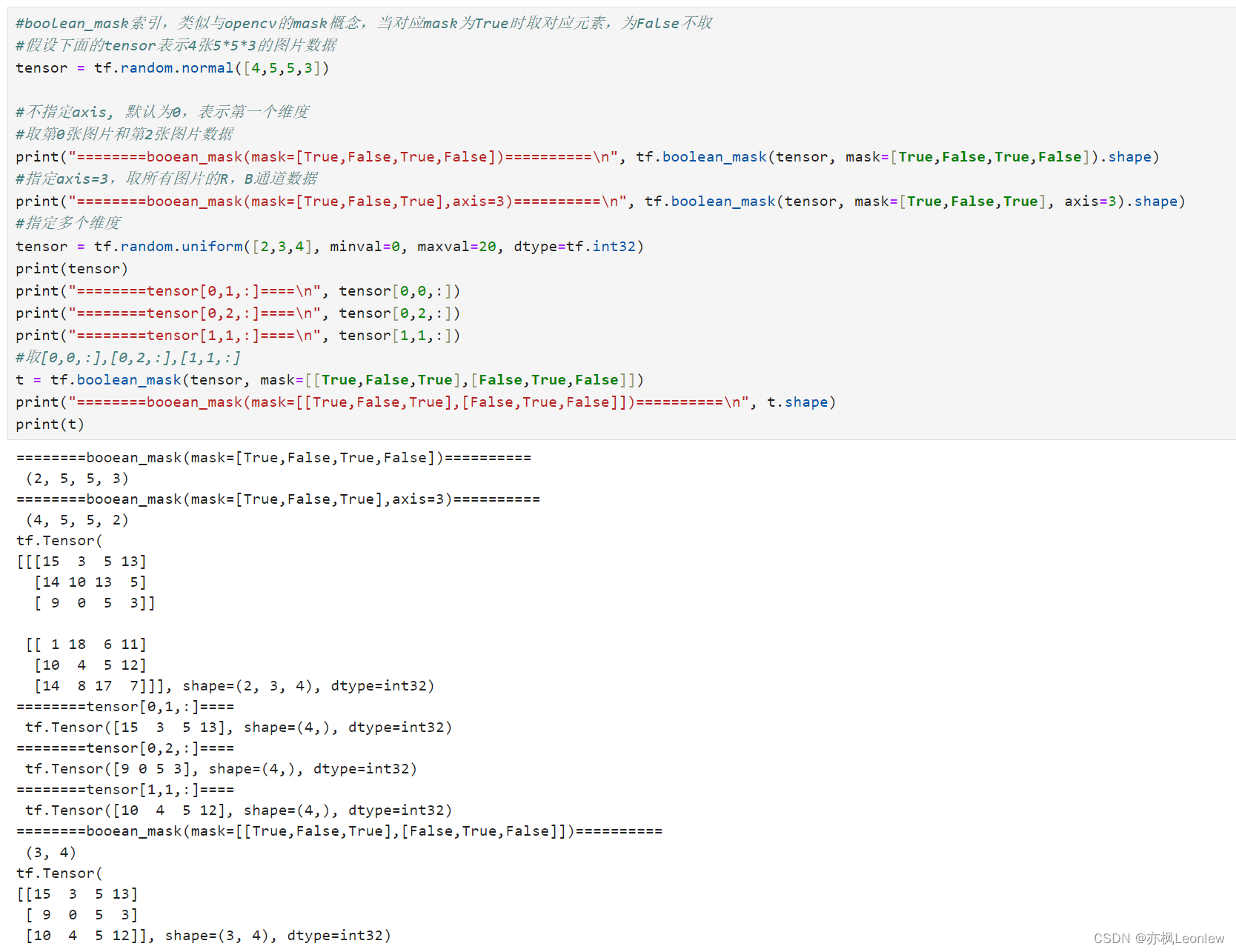

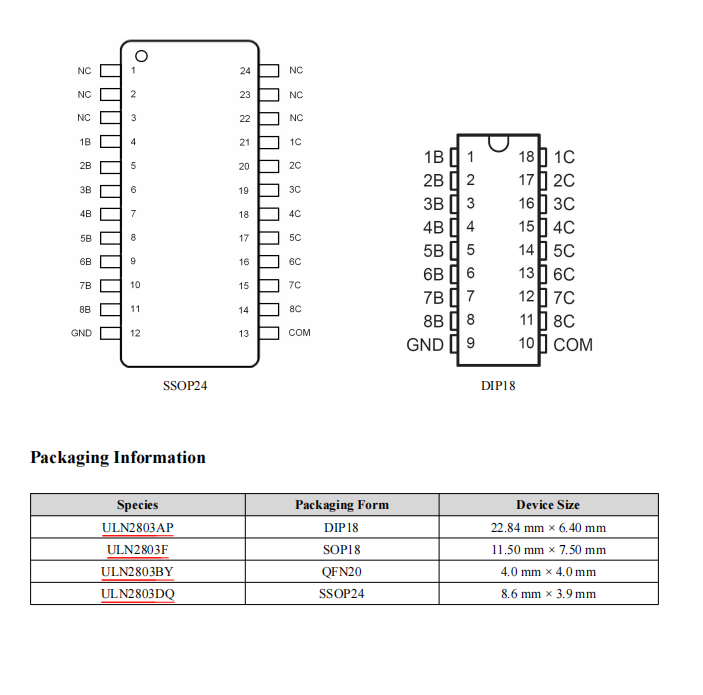
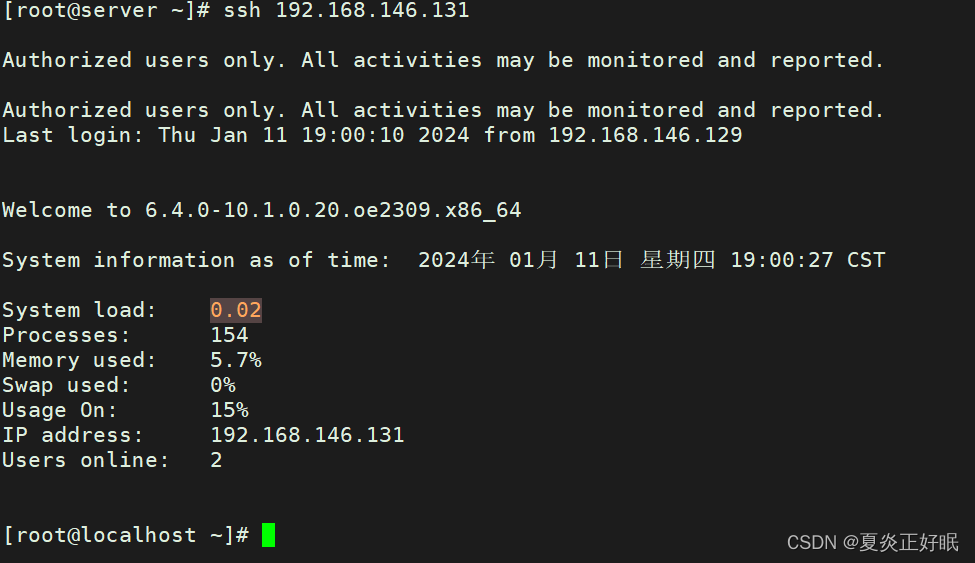
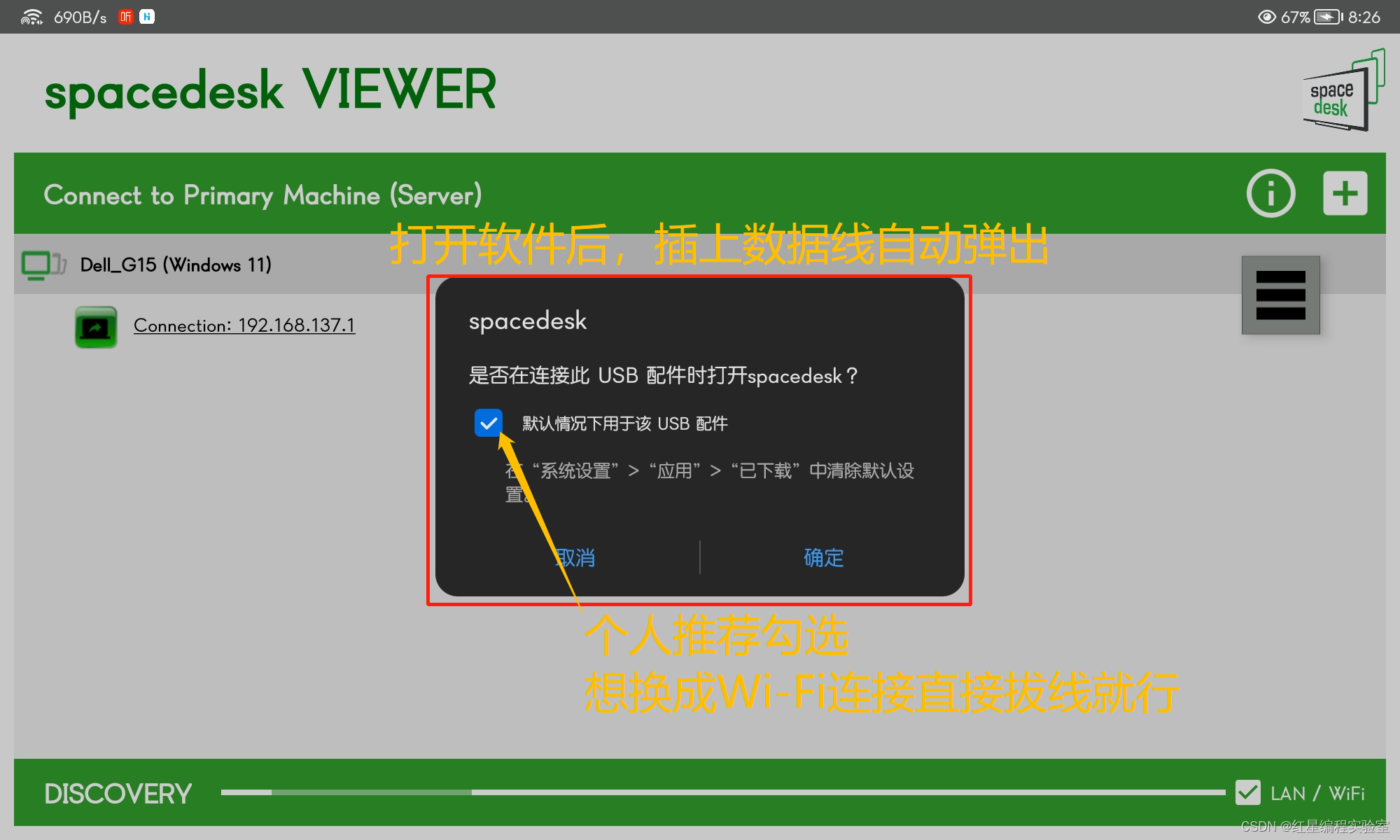





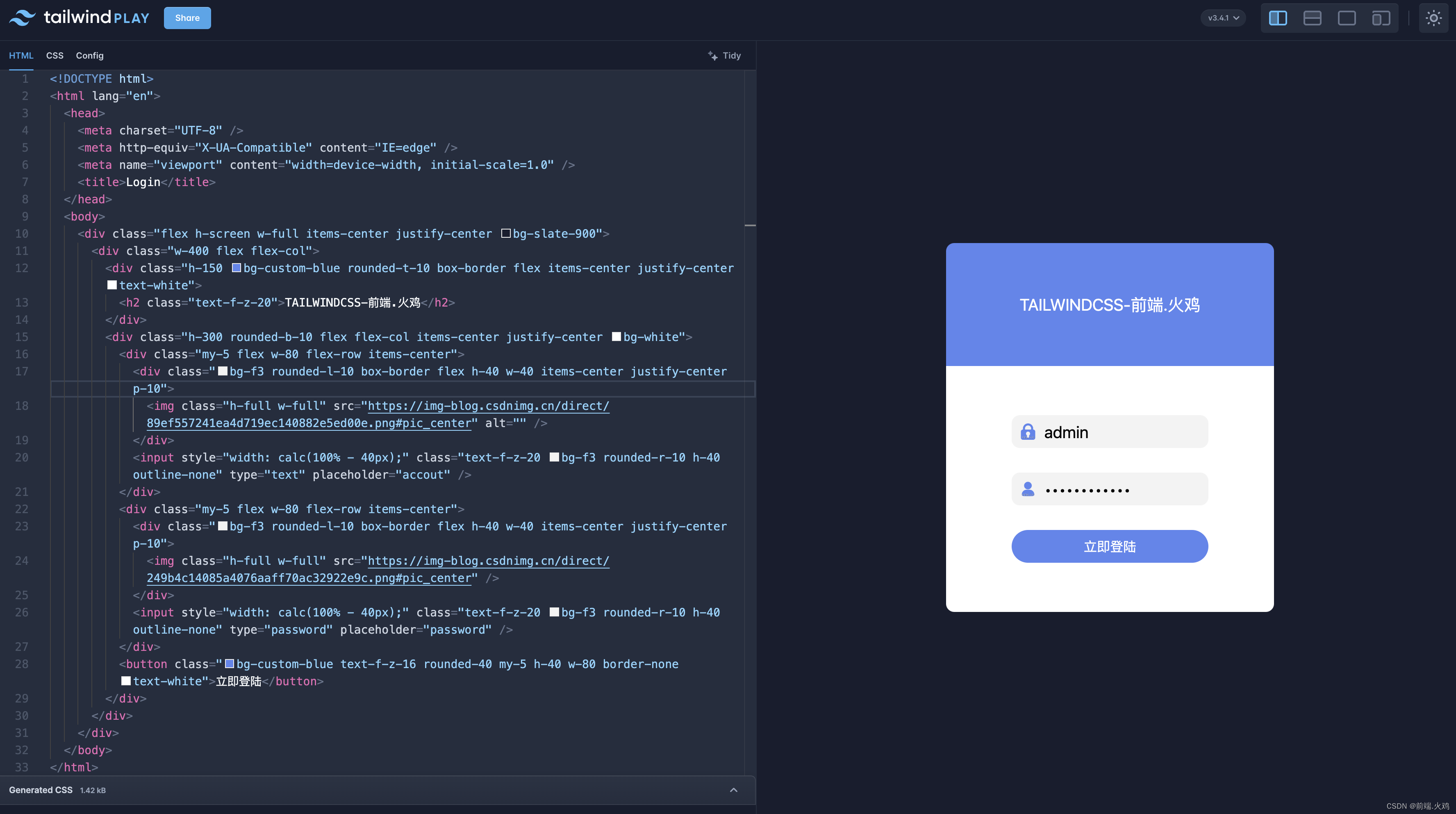

![[力扣 Hot100]Day2 字母异位词分组](https://img-blog.csdnimg.cn/direct/39256934187a40d6976fea4936aa00cb.png)
